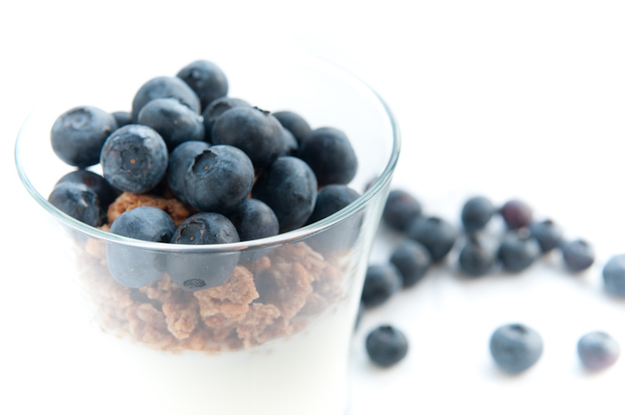Traditionally yoghurt is made by mixing a collection of subspecies of Streptococcus thermophilus and Lactobacillus bulgaricus (the latter coming from the same genus as the dominant vaginal bacteria), with milk and heating it.
The problem with creating and eating yogurt from your vaginal fluids is as Larry Forney, a microbiologist at the University of Idaho, puts it is, that "[w]hen you take vaginal secretions, you're not just taking the lactobacilli. You're taking everything.” And the vaginal community consists of good and bad bacteria. So, depending on your flora you could just as easily create a bad badge.
Westbrook tried her homemade yogurt and described the taste as “sour, tangy, and almost tingly on the tongue. She compared it to Indian yogurt, and ate it with some blueberries.
Rosanne Hertzberger studies vaginal bacteria at Washington University in St. Louis heard about Westbrook’s experiment and was intrigued. She decided to replicate the experiment but had to realize that creating yogurt from vaginal fluids is far less easy than Westbrook’s result suggests. Only one of her eight samples remotely resembled yoghurt. Her conclusion is, that the vaginal Lactobacilli need to work together with Streptococcus to turn the milk all the way into yogurt. According to Hertzberger, Westbrook’s experiment must have been contaminated with other bacteria, which may have originated from the wooden spoon, or from the air, or from the kitchen counter, or from underneath her fingernails. Even though the execution of the experiment was not ideal, Hertzberger still sees views the research and the theoretical thought behind it as valuable: "Westbrook may have gone about her work somewhat clumsily, but her story fits very well in the important trend from anti- to probiotics.”
Link to the original article: http://motherboard.vice.com/read/how-to-make-breakfast-with-your-vagina
Link to Hertzberger’s review on Westbrook’s experiment (in Dutch): https://www.nrc.nl/nieuws/2015/03/21/uitermate-zuur-papje-1477280-a400816
